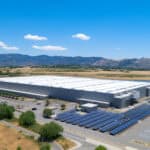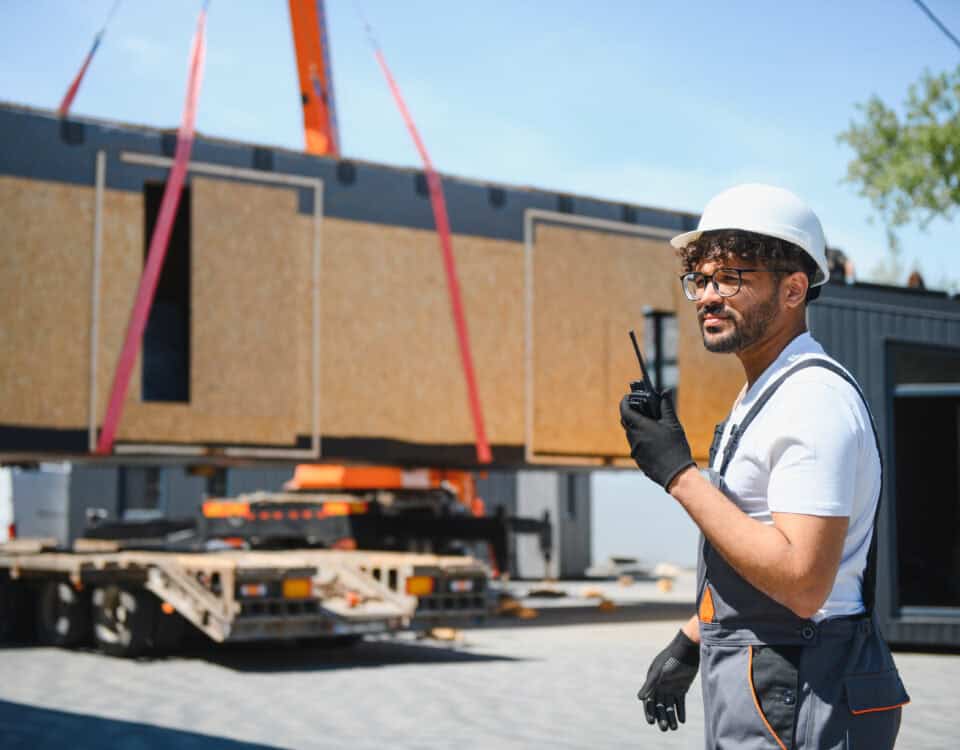
Colocation Cooling Strategies: From Air to Liquid and Everything in Between
July 22, 2025
3 Cooling Challenges Driven by the Hyperscaler Land Boom
August 26, 2025Hyperscalers and colocation providers are racing to meet AI’s surging demands. Yet, as workloads grow, so does thermal output, exposing serious gaps in data center cooling approaches.
Some might assume that adding more cooling capacity is enough to close these gaps. But this approach is destined to become insufficient and financially unsustainable as demands continue to escalate. In other words, simply adding infrastructure won’t solve everything. Cooling for AI data centers requires a new way of thinking.
The Infrastructure Bottleneck: When More Isn’t Better
Imagine a city struggling with constant traffic jams. An obvious response is adding more lanes, which can indeed prove helpful — commutes get faster, congestion eases, and things feel under control. But only for a while.
As traffic grows, the extra lanes soon fill up, and the city faces new issues: limited space to expand further, rising infrastructure costs, disruption from continuous construction, and unintended side effects like environmental strain.
This is exactly where AI data centers are headed.
As AI workloads scale, thermal demand is rising just like traffic, and adding more cooling capacity (more “lanes”) may seem like a sufficient resolution. Unfortunately, though, over time, it becomes impractical because it doesn’t account for broader consequences such as increased energy consumption, environmental footprint, hardware longevity, etc.
Outbuilding a systemic challenge isn’t a sustainable strategy. Instead, AI data centers, hyperscalers, and colocation facilities need to adopt a new operational mindset that shifts from scaling faster to scaling smarter.
Specifically, this shift calls for:
- Prioritization
- Proactive planning
- Integrated decision making
- Stronger partnerships
Cooling AI Workloads: 4 Shifts Data Center Operators Must Make
1) Prioritization
Many data center operators know that AI-driven workloads are reshaping their facilities’ thermal profile, and that traditional cooling strategies aren’t built to keep up. However, knowing that change is coming is not the same as fully internalizing its operational implications.
With so many competing demands, such as increasing rack density, navigating space limitations, and securing adequate power, it’s easy for AI-related thermal planning to take a back seat until the impact becomes urgent. But by then, retrofitting can be costly and disruptive.
With that in mind, operators must elevate cooling to a higher priority, acknowledging that cooling should be treated as a foundational component, not a late-stage adjustment. Failing to act early can result in limitations that will be far more expensive and difficult to resolve down the line.
2) Proactive Planning
Recognizing the demands ahead is just the first step; updating cooling systems for the AI boom also requires long-term foresight. Despite the rapid momentum, the AI surge is still in its early stages, and as it matures, the strain on cooling systems will only intensify.
With that in mind, operators must plan proactively, anticipating current density and future increases in rack power, equipment diversity, and workload mobility. This means selecting cooling systems that offer modularity, scalability, and configurability. Solutions should be designed to evolve with the environment, supporting incremental expansion, shifting compute demands, and rapid scaling without requiring constant retrofits or redesigns.
3) Integrated Decision Making
An AI data center cannot operate reliably without adequate cooling, but the impact of cooling goes far beyond ensuring the data center’s consistent operation. Cooling influences everything from power availability to energy usage, spatial layout, and long-term scalability, and this means that cooling decisions shouldn’t happen in isolation. Instead, they must be integrated with broader infrastructure and business objectives, including capacity planning, energy efficiency, and sustainability goals.
Cross-functional collaboration between facilities, IT, sustainability, and procurement teams is critical to ensure cooling aligns with power strategies, carbon reduction targets, and uptime requirements. Integrating cooling early in the planning process leads to better design decisions, improved operational flexibility, and long-term value that short-term solutions often compromise.
4) Stronger Partnerships
Cooling is too crucial in the AI era to be treated as a standard procurement, so operators can’t afford to rely on vendor relationships defined purely by specs and purchase timelines. They need long-term partners: cooling technology providers who bring vision, flexibility, and ongoing innovation to the table.
Strong partnerships with forward-thinking cooling providers offer state-of-the-art hardware, insights into evolving thermal trends, support for scalable deployment models, and guidance through complex transitions. The right partner acts as a strategic collaborator who can help operators plan ahead, adapt faster, and stay resilient as AI workloads grow in scale and complexity.
Cooling Smarter Starts Now
The AI boom is challenging data centers’ compute performance, requiring a reshaping of infrastructure from the ground up. When it comes to cooling system adjustments, the answer isn’t simply adding more cooling capacity. It’s rethinking how cooling is prioritized, planned, and integrated into long-term strategy.
The right approach to this shift delivers thermal stability, but more importantly, gains in operational resilience, energy efficiency, and the ability to scale without disruption as the landscape evolves. This positions cooling as a true success driver for the facilities that are ready to embrace it strategically
AIRSYS helps data centers lead this transformation with intelligent, adaptive cooling solutions. The PowerOne™ product line allows high-density data centers to scale faster AND smarter, making it a strategic asset for long-term growth and resilience in an AI-driven world.
Contact us today to explore how AIRSYS and PowerOne can support your next phase of infrastructure evolution.



